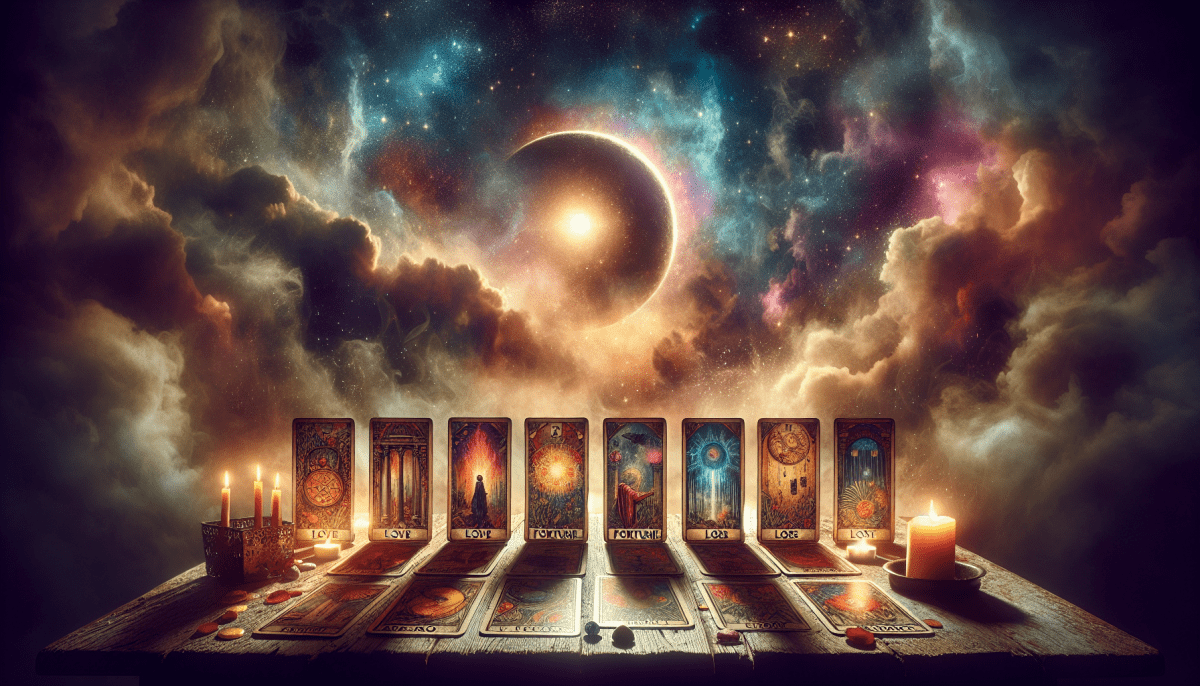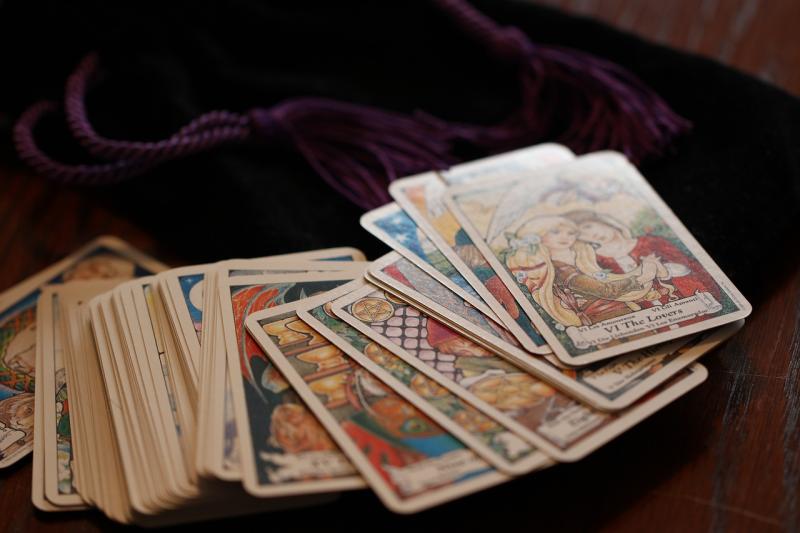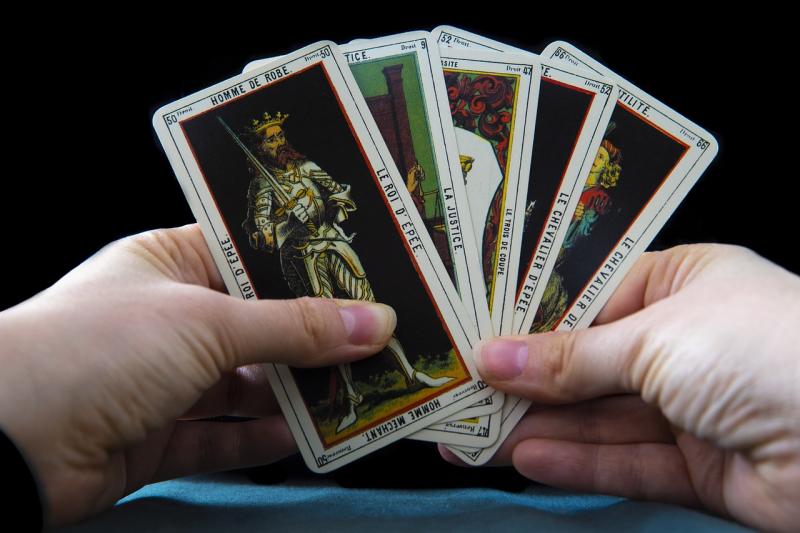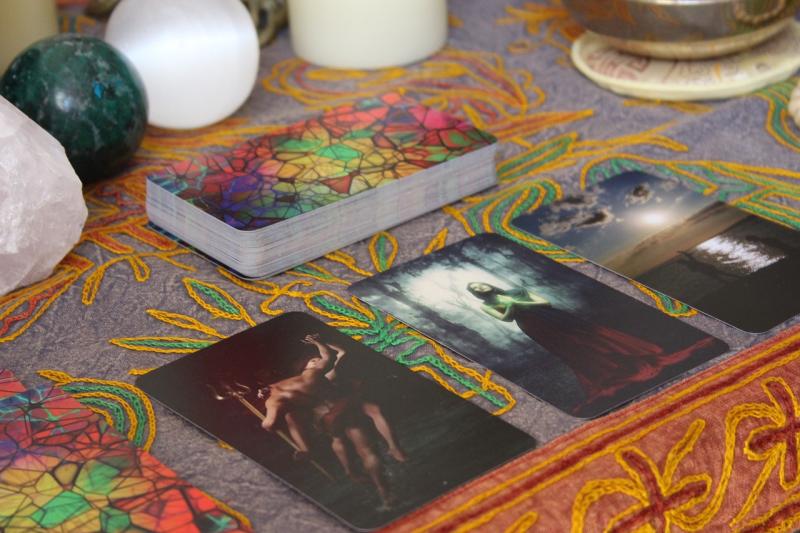Tarot cards have an intriguing history that dates back several centuries. Their origins can be traced to 15th-century Europe, where they were first created as playing cards. Initially, these cards were used for games, much like we enjoy card games today. It wasn’t until the late 18th century that they began to take on a more mystical and spiritual significance.
During the Renaissance, tarot cards caught the interest of scholars and mystics. They started to study the symbolism and imagery on the cards, connecting them to ancient philosophies and spiritual beliefs. This shift marked the transition of tarot from simply being a game to a tool for divination—a way to gain insight into one’s life and future.
The 19th century saw a major rise in the popularity of tarot in the occult community. People began to use tarot cards for fortune-telling and personal guidance. Notable figures, like the French occultist Eliphas Lévi, helped to cement tarot’s status as a mystical tool. Decks like the Rider-Waite became iconic, with rich illustrations that artists would adapt to fit contemporary interpretations of the cards.
As we moved into the 20th and 21st centuries, tarot kept evolving. Today, you’ll find a diverse array of tarot decks, each bringing its own unique style and energy. From traditional designs to modern interpretations, there's a deck for everyone. Whether you’re searching for self-reflection or simply curious about the cards, their journey through time adds layers of depth and meaning to experience.
How Tarot Evolved Over Centuries
Tarot cards have a rich and colorful history that stretches back centuries. Originally, these cards were used in the 15th century in Italy as a playing game known as tarocchi. It wasn’t until the 18th century that tarot began evolving into a tool for divination and spiritual insight. During this time, people started to assign deeper meanings and interpretations to the cards, believing they could reveal insights about the past, present, and future.
The shift from gaming to mysticism took off significantly in the 1700s when figures like Antoine Court de Gébelin began linking the tarot to ancient Egyptian traditions and Kabbalistic teachings. This set the stage for tarot to be viewed not just as a game but as a mystical practice. This sparked interest in tarot across Europe, with many people eager to learn about its supposed powers and insights.
By the 19th and early 20th centuries, the use of tarot cards for fortune-telling became more mainstream. The Rider-Waite deck, created in 1910, played a huge role in this transformation, introducing iconic imagery that many decks still follow today. This deck made tarot more accessible to the general public, paving the way for a surge in popularity and diverse interpretations.
Today, tarot exists in many forms, often tailored to individual or cultural preferences. From classic designs to modern reinterpretations, tarot cards continue to be a source of intrigue and inspiration. Whether used for spiritual insights, self-reflection, or simply for fun, the evolution of tarot cards showcases our enduring fascination with the mysteries of life.
The Symbolism Behind Tarot Decks
Tarot decks are more than just beautiful illustrations on cards; they hold deep symbolic meanings that reflect various aspects of life and spirituality. Each card tells a story and encompasses themes that resonate with our everyday experiences. Understanding the symbolism behind these decks can enhance your connection with the cards and deepen your readings.
Take, for example, the Major Arcana, which showcases 22 cards that represent significant life lessons and spiritual growth. Cards like The Fool symbolize new beginnings and taking risks, while The Tower often signifies sudden change or upheaval. These symbols are like a reflective mirror, showing us where we are on our own personal journeys.
Then we have the Minor Arcana, consisting of 56 cards divided into four suits: Cups, Swords, Pentacles, and Wands. Each suit embodies different elements of life. Cups deal with emotions and relationships, Swords represent thoughts and conflicts, Pentacles touch on material aspects and finances, and Wands are all about creativity and action. This separation allows for a more nuanced understanding of everyday situations and challenges.
Colors, numbers, and even the imagery chosen for each card add layers of meaning. For instance, the color red often stands for passion or anger, while blue might evoke calmness or contemplation. By paying attention to these details during a reading, you can unlock richer insights and guidance tailored to your unique circumstances.
Tarot Cards in Modern Culture Today
Tarot cards have taken on a vibrant life of their own in modern culture. Once mostly associated with mysticism and fortune-telling, they’re now popping up everywhere—from art to self-help workshops. People of all backgrounds are embracing tarot, not just for its esoteric roots, but as a tool for self-reflection and guidance.
One reason for tarot's resurgence is its accessibility. With so many beautifully designed decks available, it’s easy to find one that resonates personally. Decks often come with user-friendly guides, making it simple for newcomers to jump in. Whether you’re just curious or hoping to deepen your spiritual practice, there's no shortage of resources to help you get started.
Social media has also played a huge role in this tarot renaissance. You can find vibrant communities on platforms like Instagram and TikTok, where users share readings, tips, and even art inspired by tarot. Hashtags like #TarotTok or #TarotCommunity connect enthusiasts from around the world, creating a lively space for sharing experiences and insights.
It’s not just about predicting the future anymore; many people are using tarot as a way to explore emotions and decisions. Whether for a daily card pull or a full spread, it’s become a popular means to check in with oneself and ponder life’s big questions. With its growing popularity, it’s clear that tarot is here to stay in our modern culture, evolving and adapting along the way.



